Using PyQt for Native GUIs
Date: Jun. 16, 2023
By: Ramin Honary
Why I use PyQt
- Developed some Python scripts that used OpenCV
- “Pattern Matching Kit”
- “Image Cropping Kit”
- OpenCV provides a API for GUI tools based on PyQt
- Decided to use PyQt directly instead of OpenCV specific API
Other reasons to use PyQt
- Cross platform – write once, run on multiple platforms.
- Rapid prototyping – less combersome than C++
- Native widgets – makes use of native widgets when possible
- 2D graphics model – complete API for interactive 2D visualizations
Part 1: What is Qt
Qt is a cross-platform desktop computing GUI framework
- Free software (LGPL)
- Option of buying commercial licenses
- Develops native apps for
- Windows, MacOS
- Linux
- Core of the KDE Plasma desktop environment
Qt History
- Originally developed for Linux
- Actively maintained since 1995
- Python bindings maintained since 1998
- Changed corporate ownership several times (Trolltech, Nokia, now “The Qt Company”).
- (pronounced “Cute”)
Model-View-Controller (MVC)
- Somewhat different from Model-View-Update (React, Vue)
- Must be careful about model state
- My opinion: best used for small apps, developing larger apps require paying for professional tooling
Programming languages
- Primarily C++
- has Python and JavaScript wrappers
- Qt Creator (optional)
- Visual GUI builder tools
- QML (optional)
- an XML schema for declarative GUI
Proprietary developer tools (C++ and QML only)
- Qt Design Studio
- Qt Quality Assurance tools
- Static analysis (e.g. code coverage)
- Automated GUI testing
- (Third-party apps that were acquired by The Qt Company)
- (I use none of the Qt professional tools, just Emacs)
Qt Designer (free)
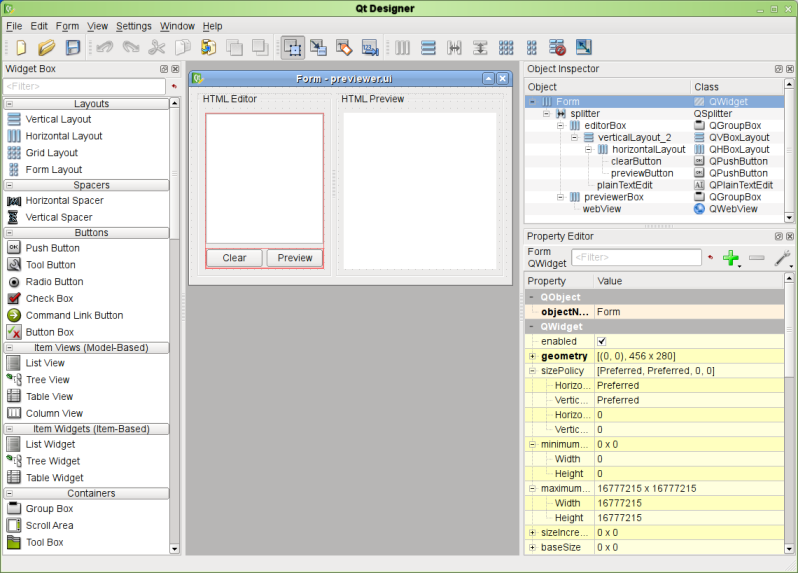
Qt Design Studio (1)
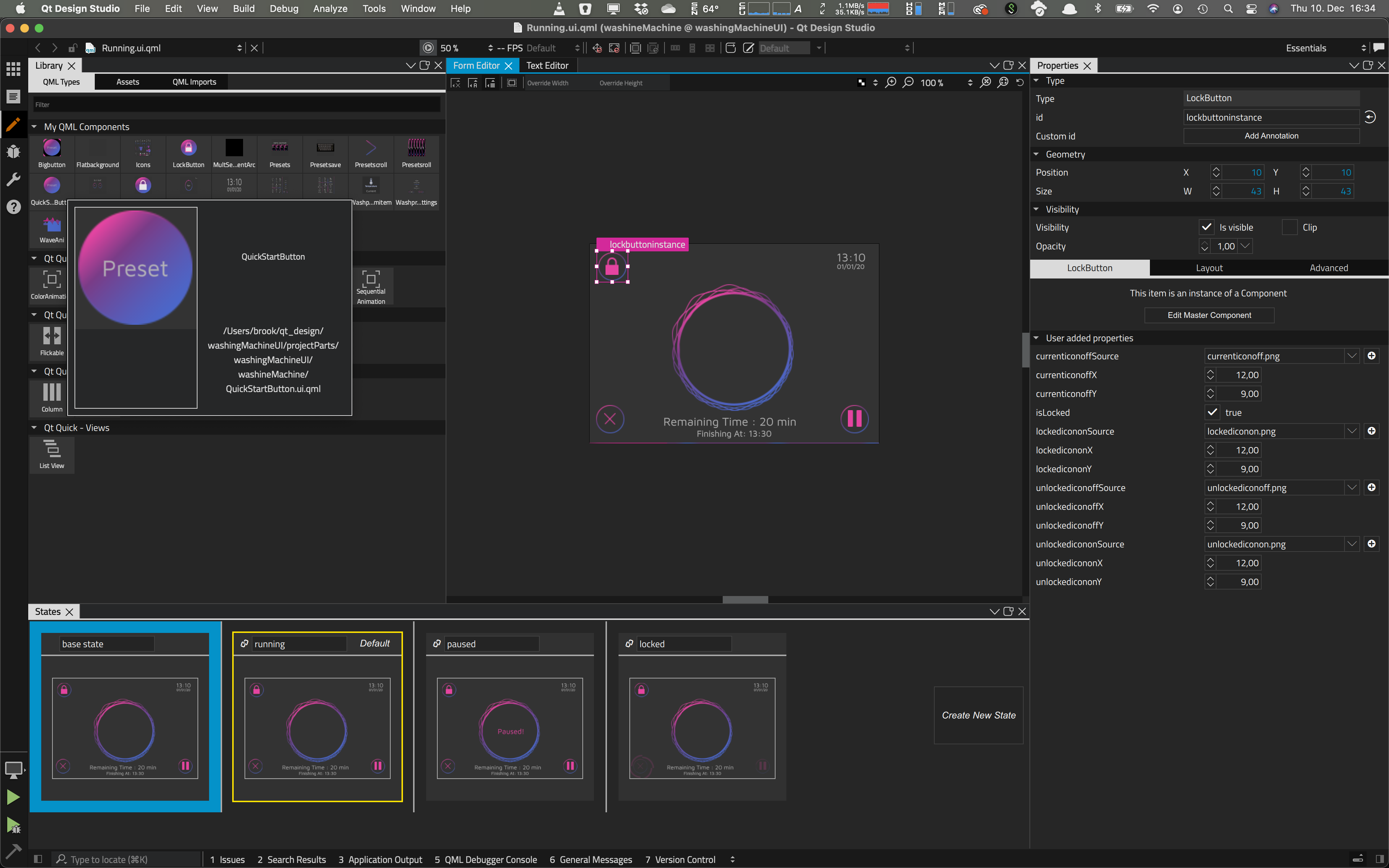
Qt Design Studio (2)
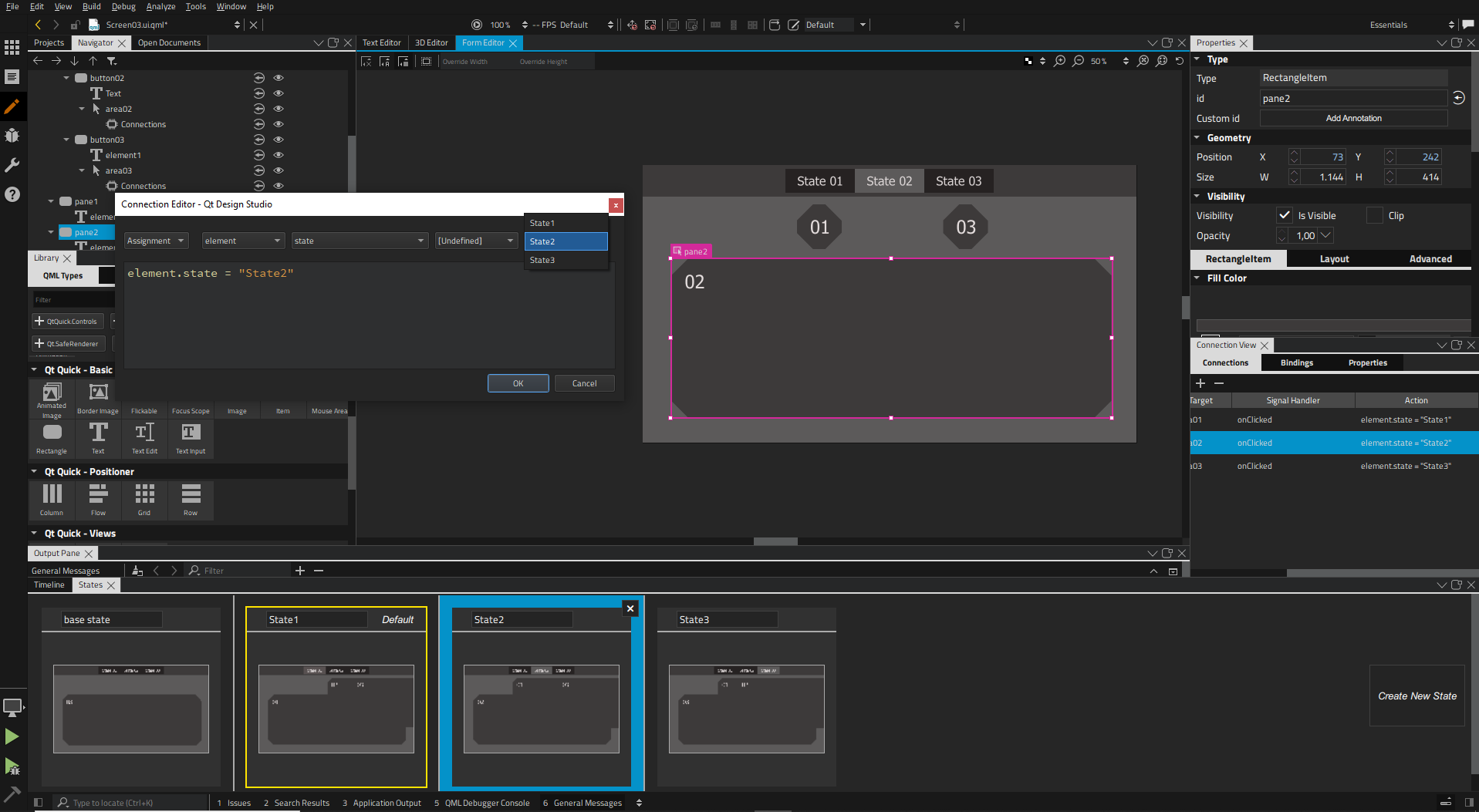
Froglogic “Coco” code covereage analysis
(Originally a third-party tool acquired by The Qt Company)
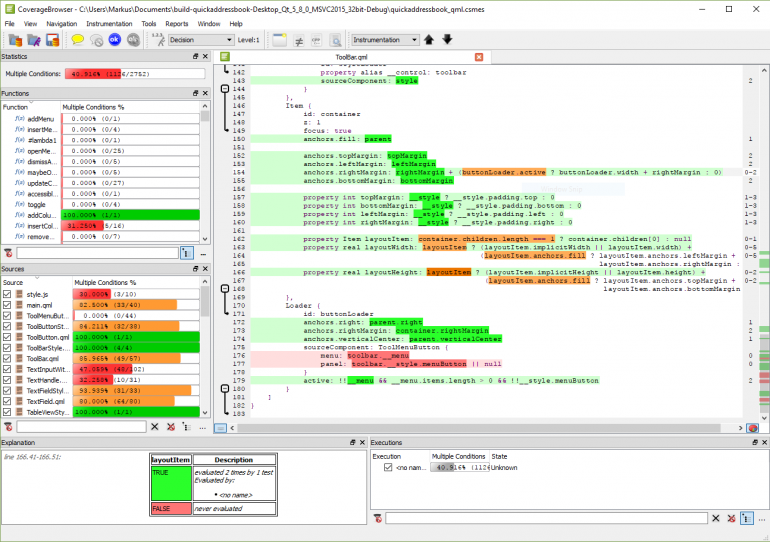
Provides many extensions
- OpenGL views (built-in)
- 3D widgets, modeling controlls
- SQL database integration, ORM
- Multimedia, AV codecs and playback
- WebKit web views
- Sensors, GPS, touch screen, BlueTooth, game pads, etc.
KDE Plasma apps showcase
Brief photo slideshow of KDE apps:
KDE Plasma: desktop environment for Linux
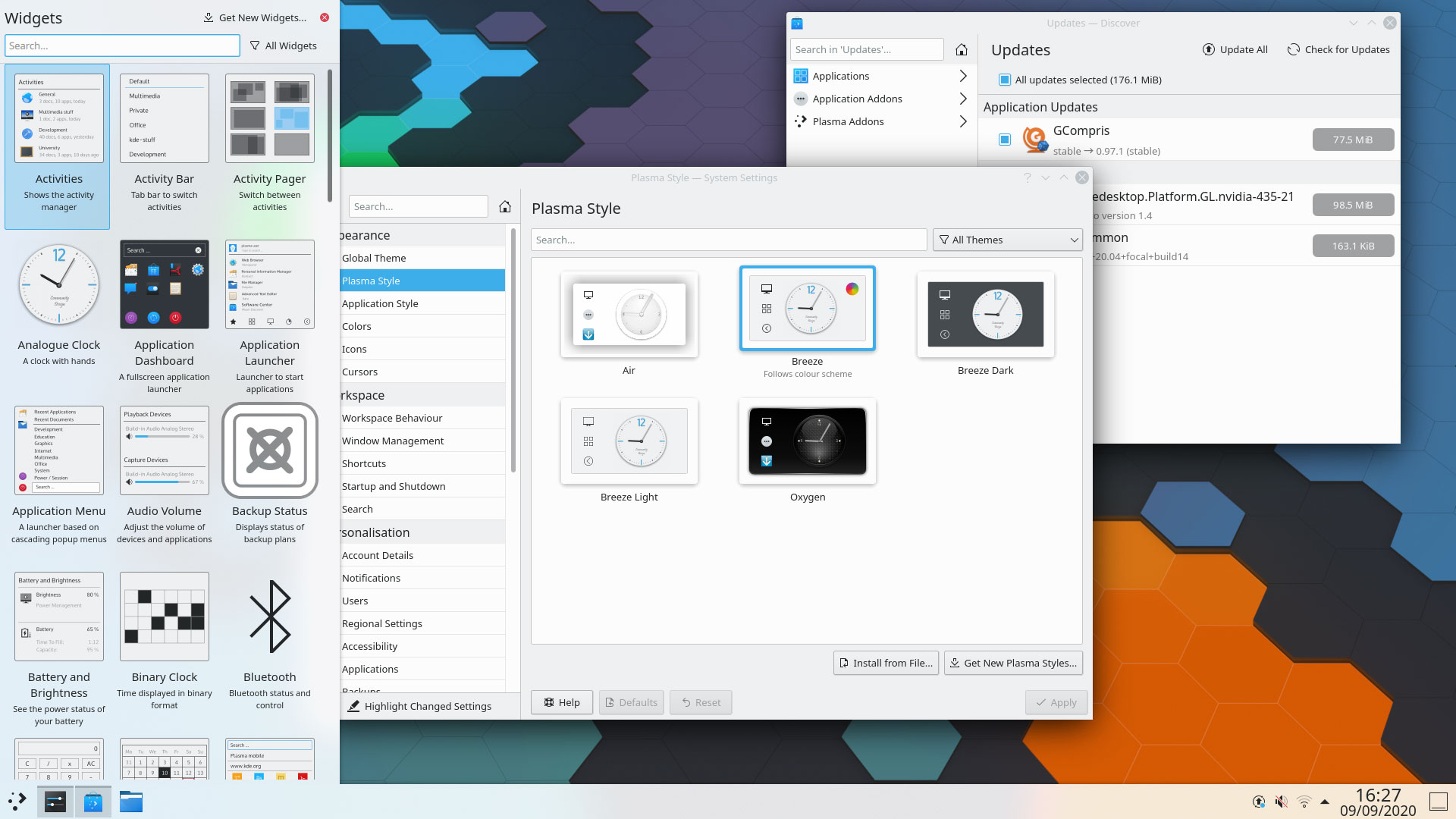
Calindori: calendar app
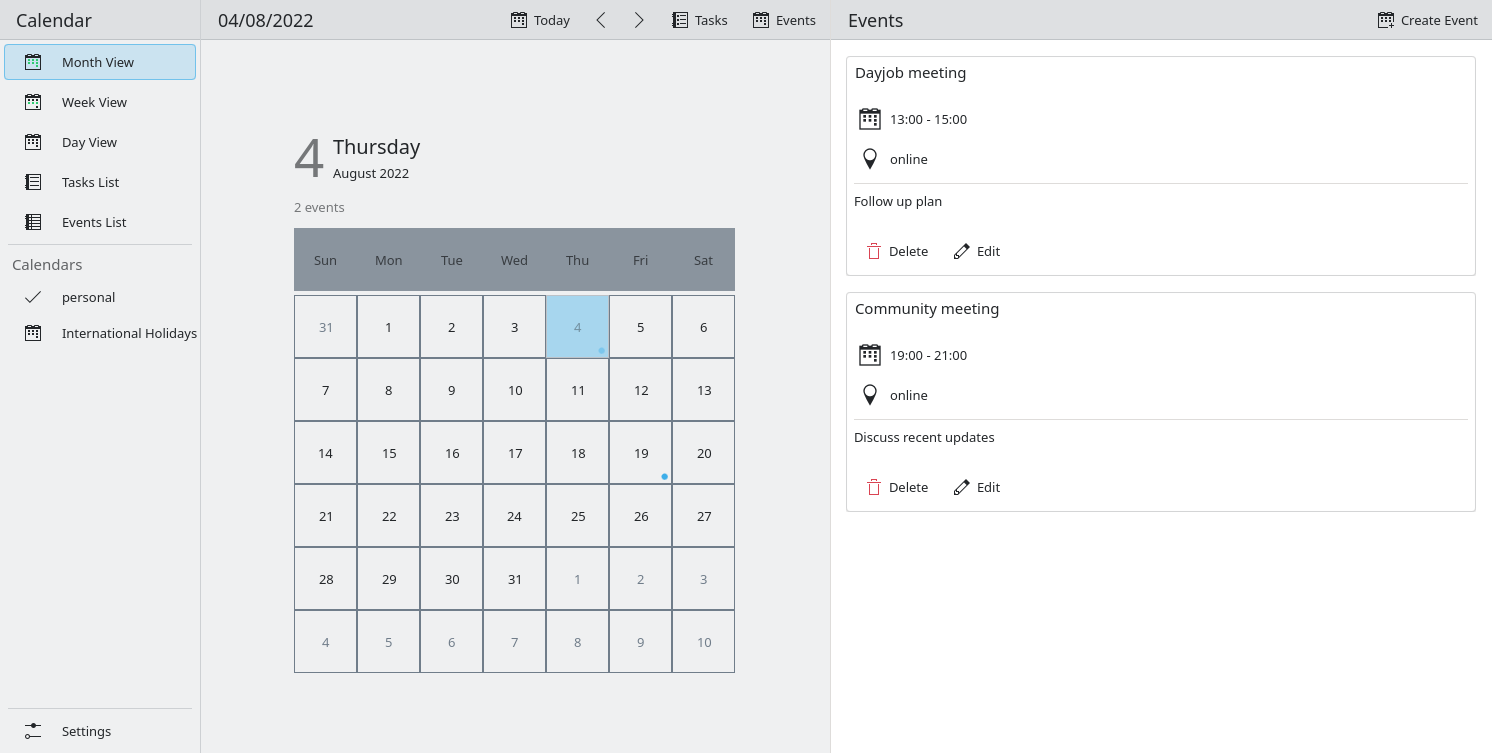
KCalc: simple desktop calculator
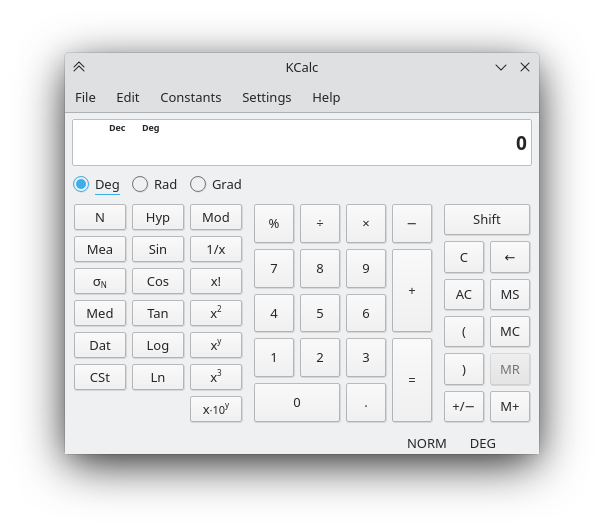
Dolphin: extensible file browser
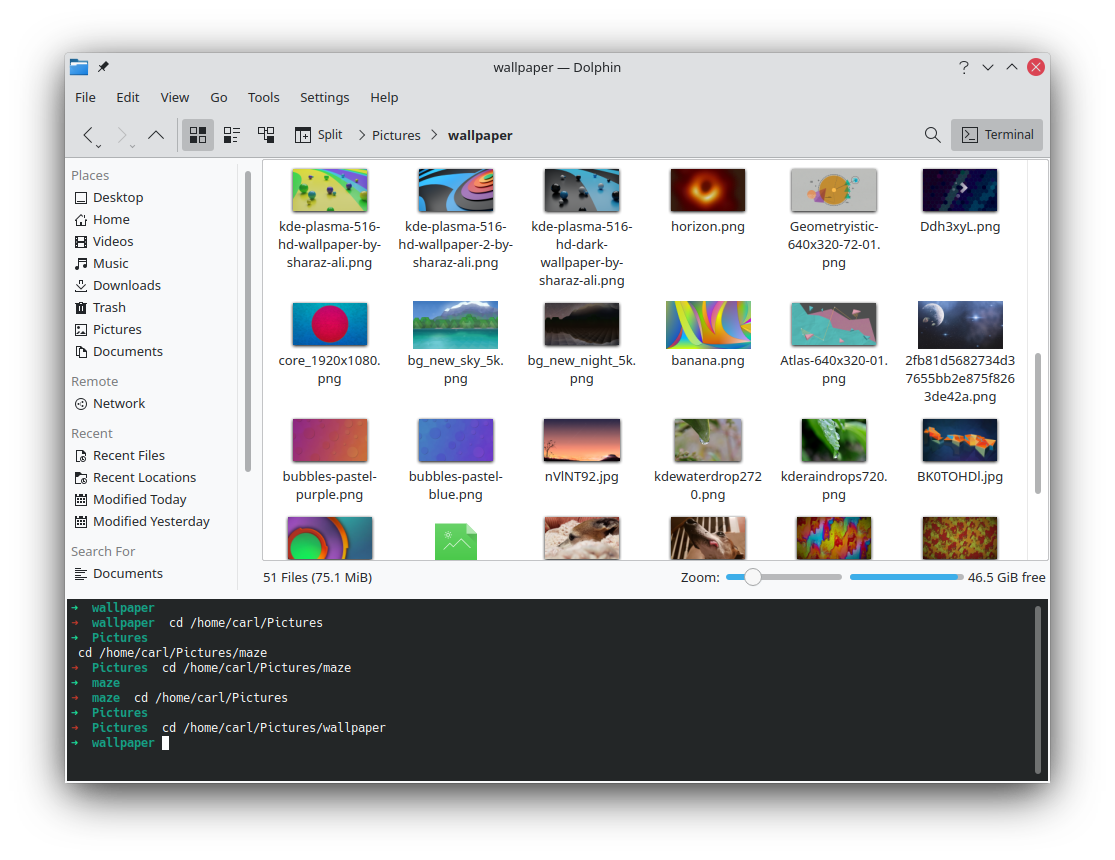
“Kig” high-school geometry learning tool
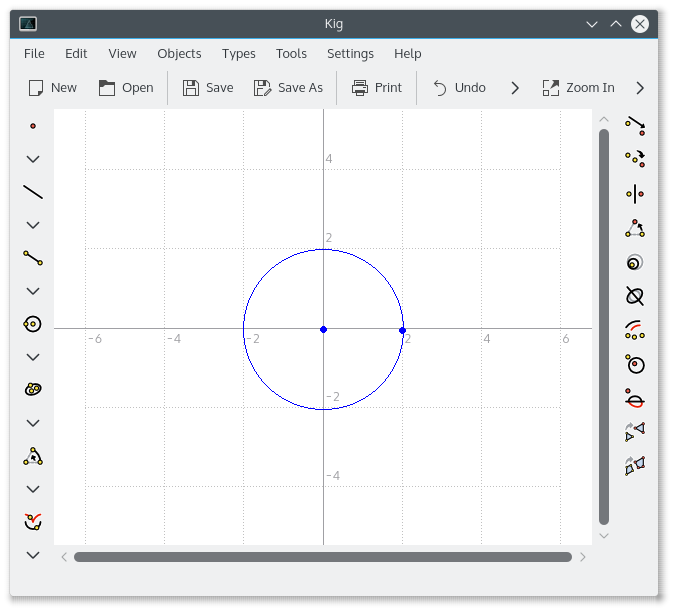
KWave: waveform visualizer
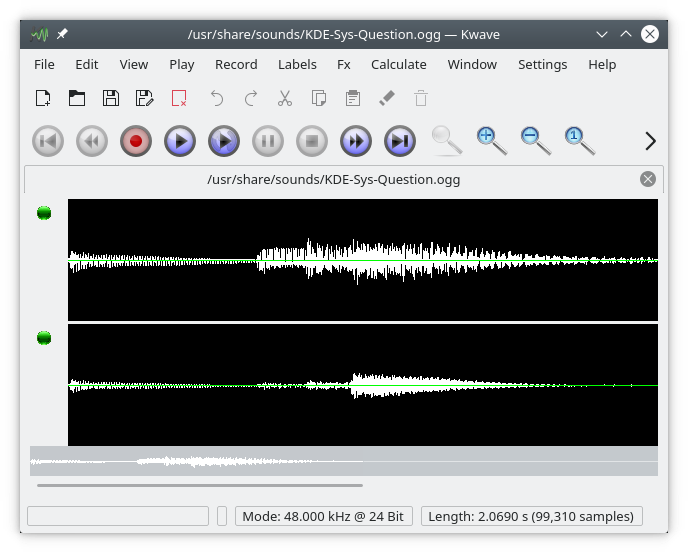
Marble: world atlas app
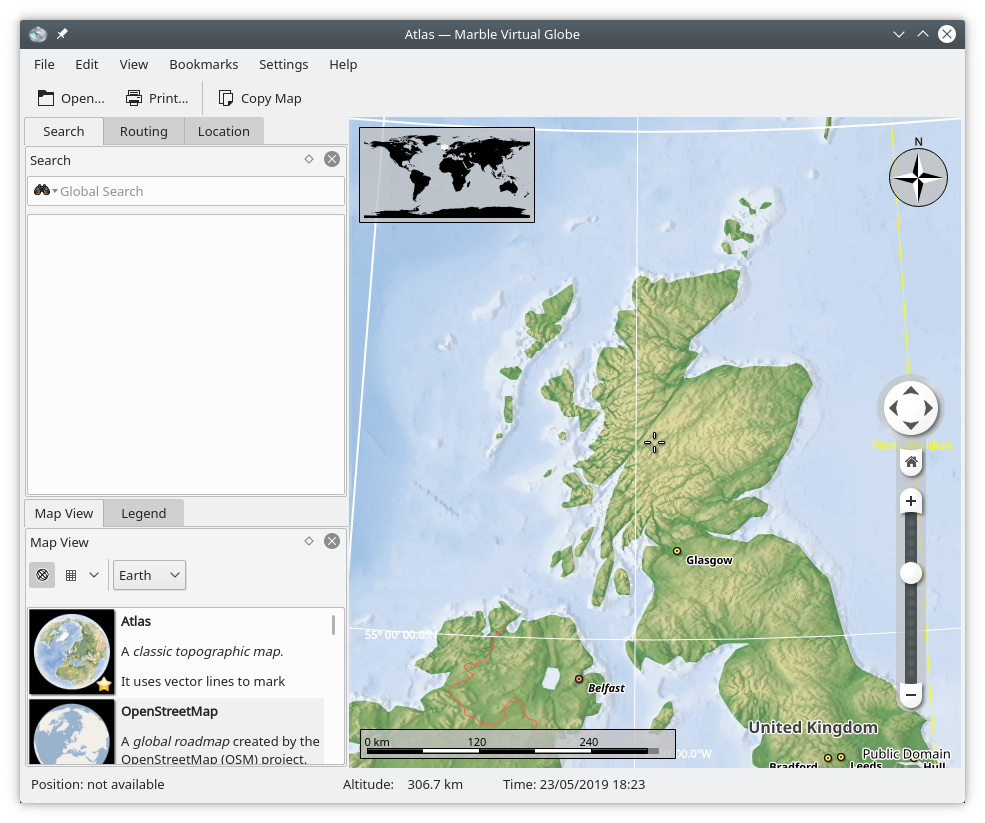
KMPlot: graphing calculator
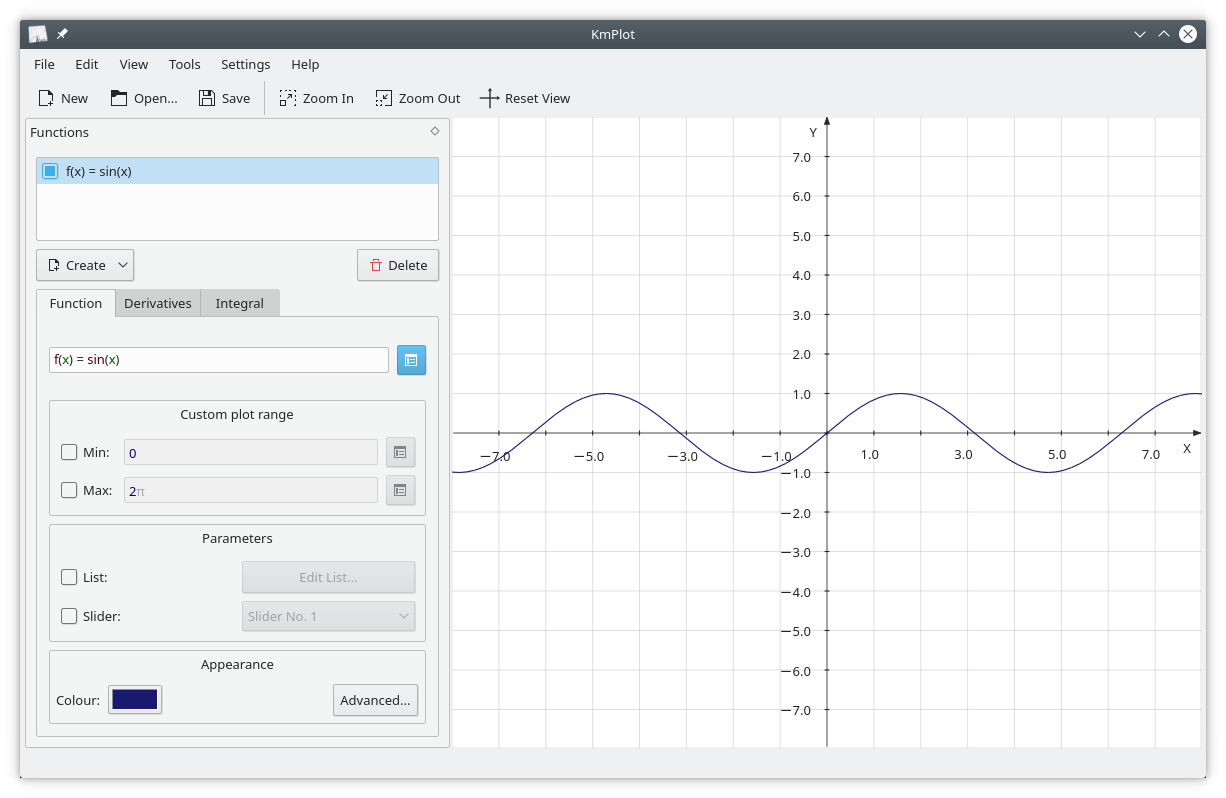
Calligra: like Microsoft Office suite
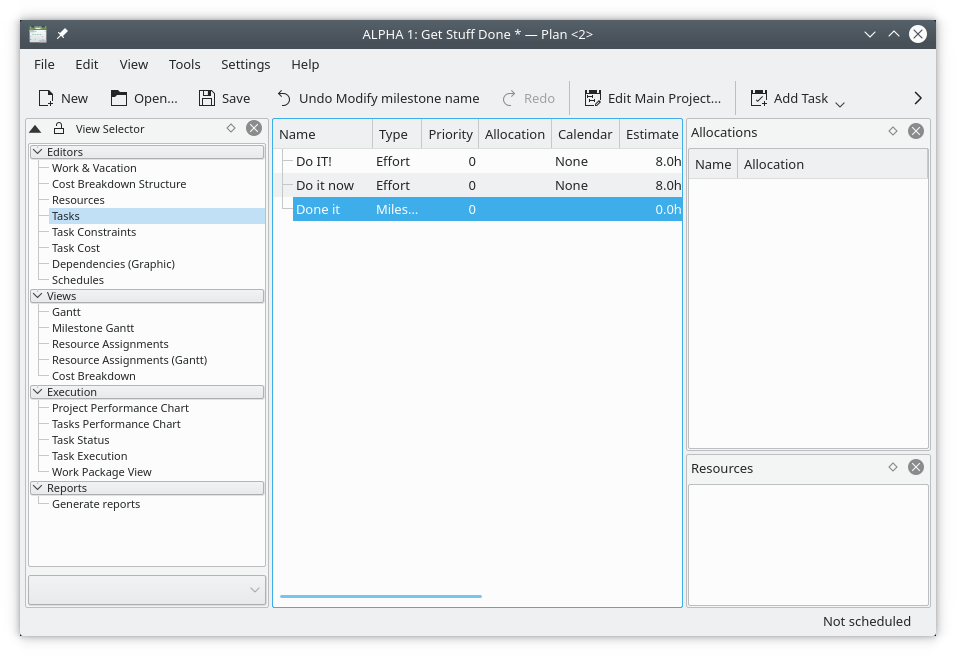
Okular: PDF reader with annotation tool
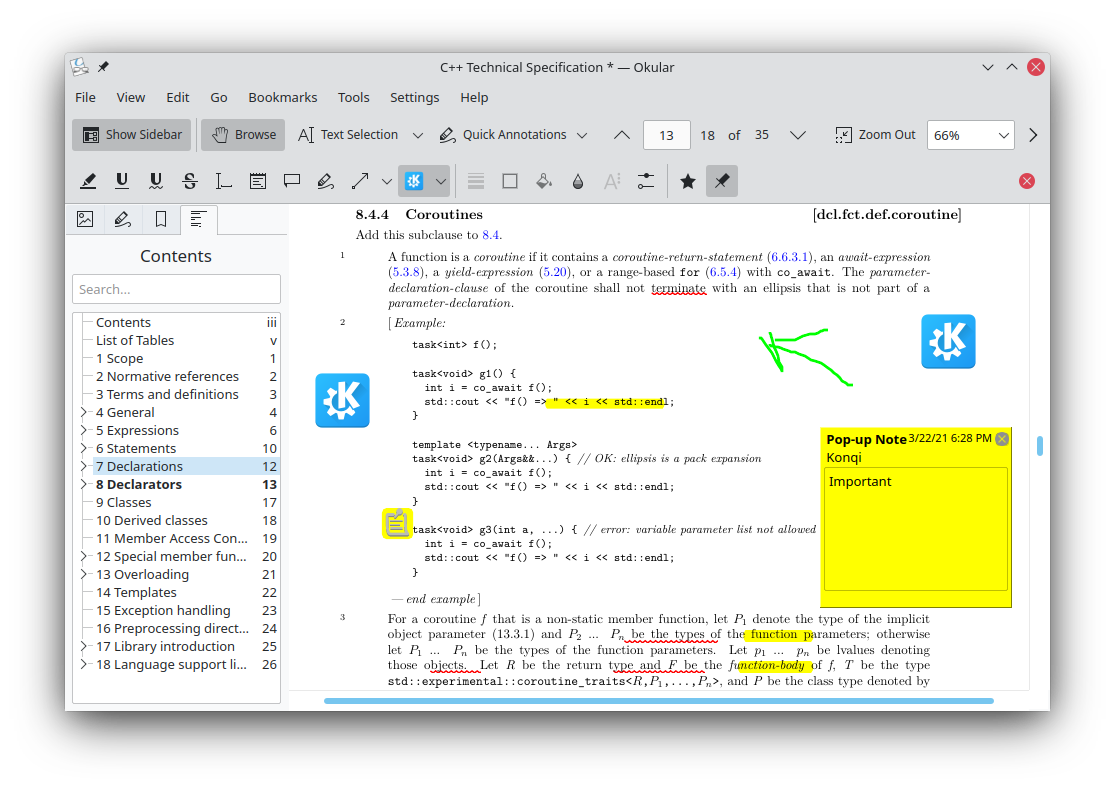
KEXI: like Microsoft Access
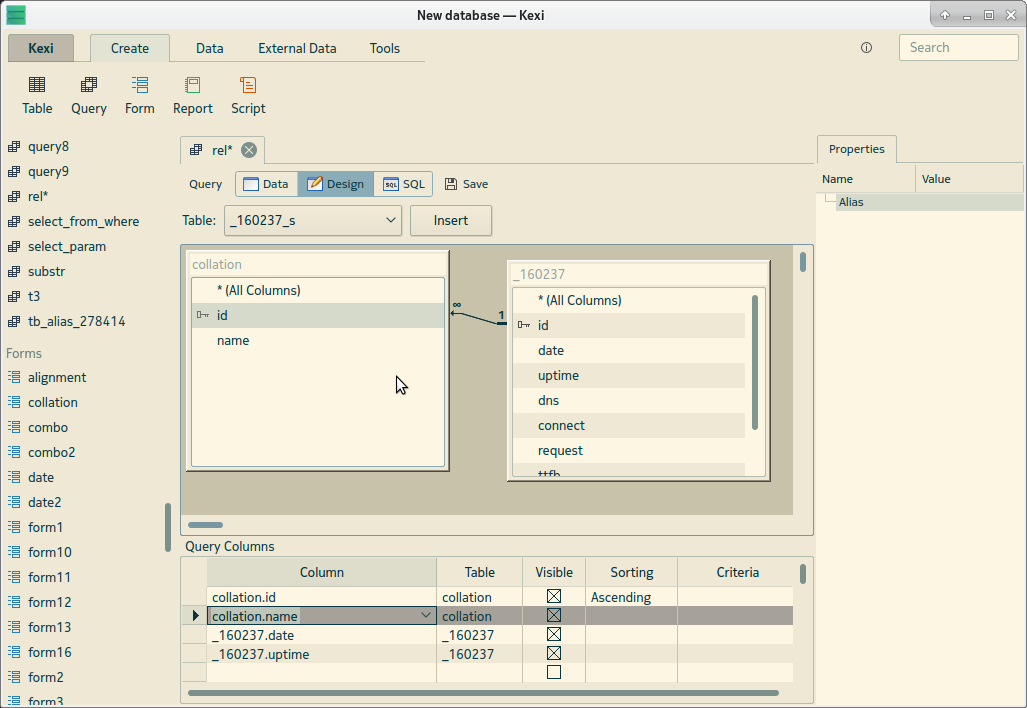
KEXI: like Microsoft Access
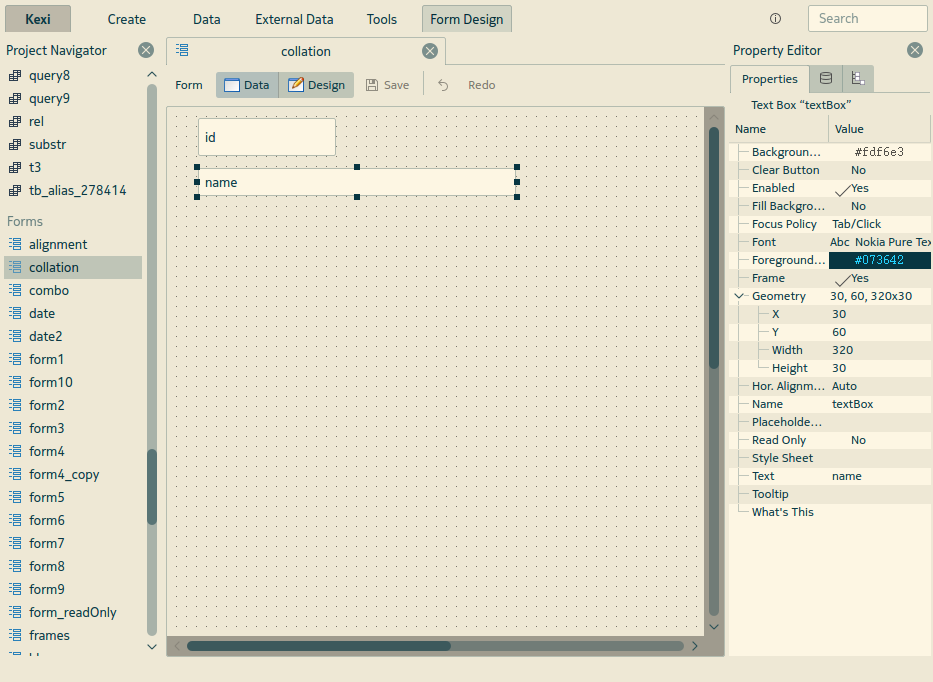
KRWard: IDE for R Programming Language
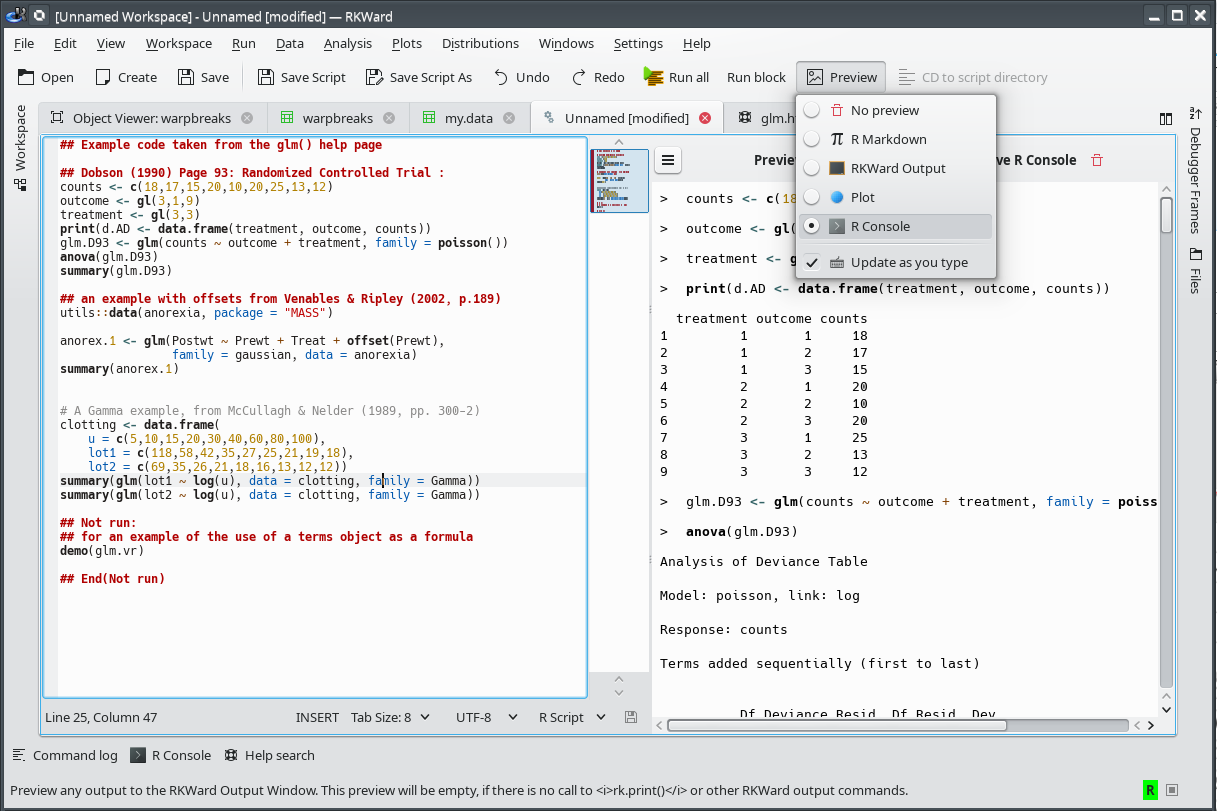
KLabPlot: Matlab-like app
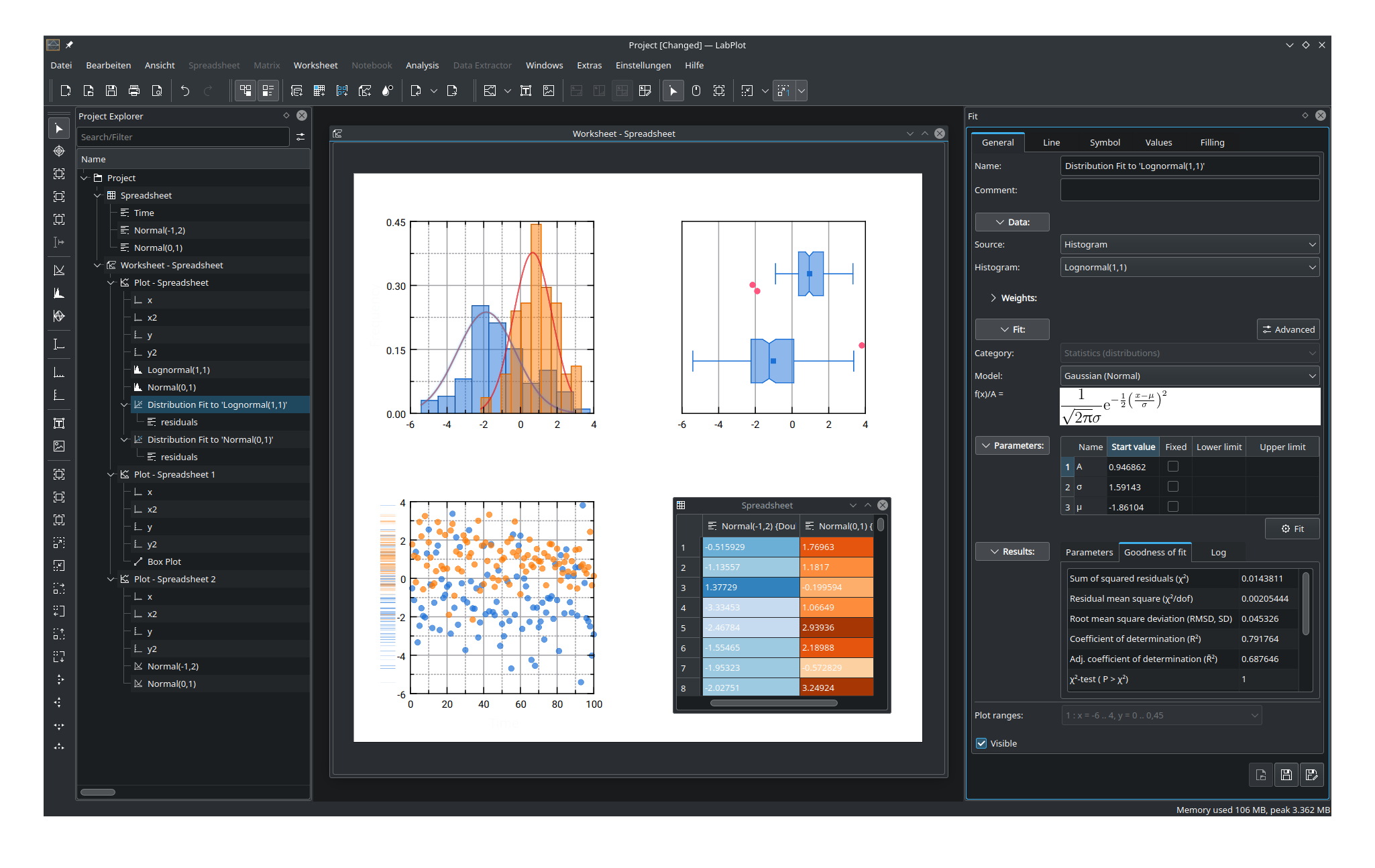
KLabPlot: Matlab-like app
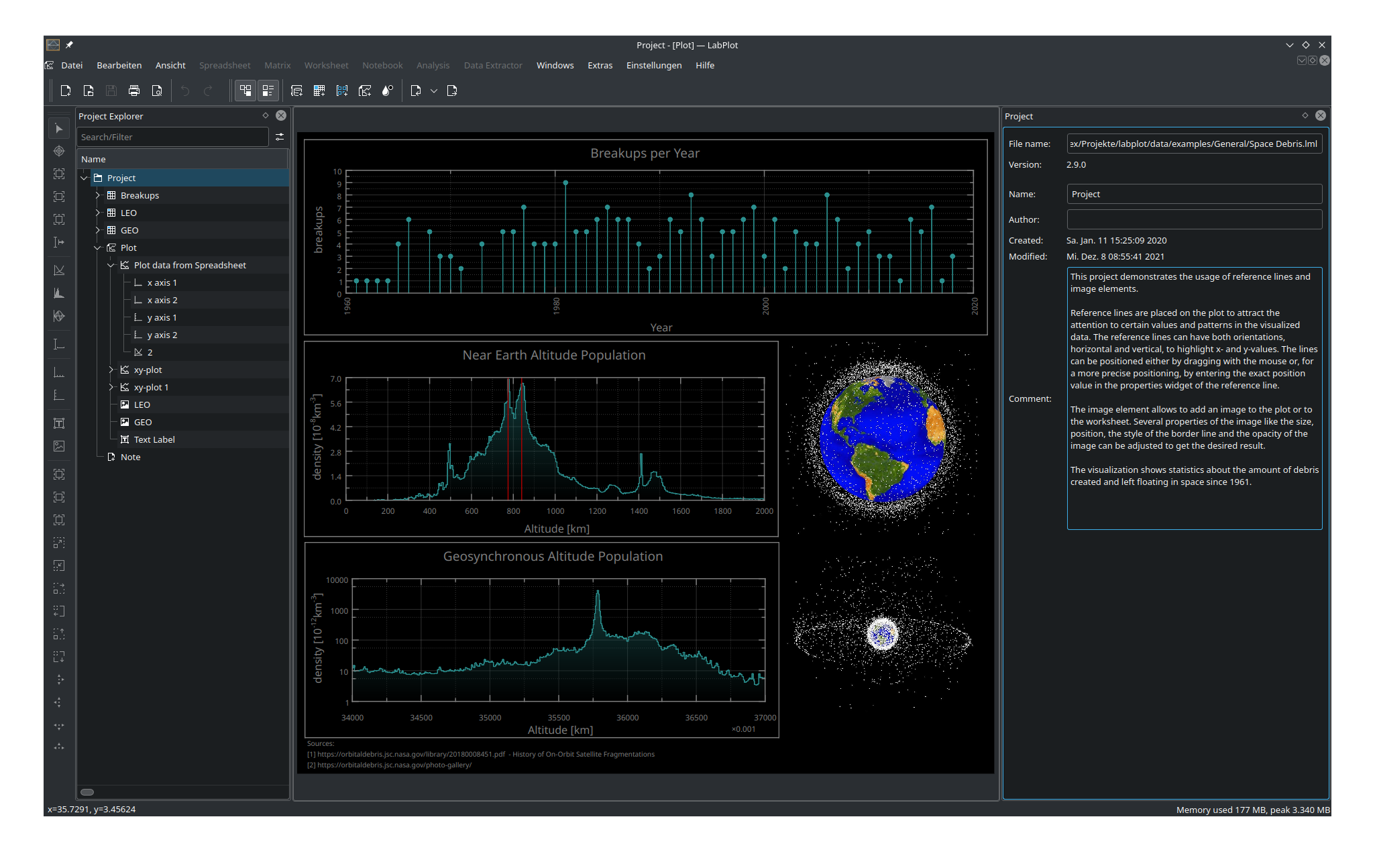
KdenLive: non-linear video editor
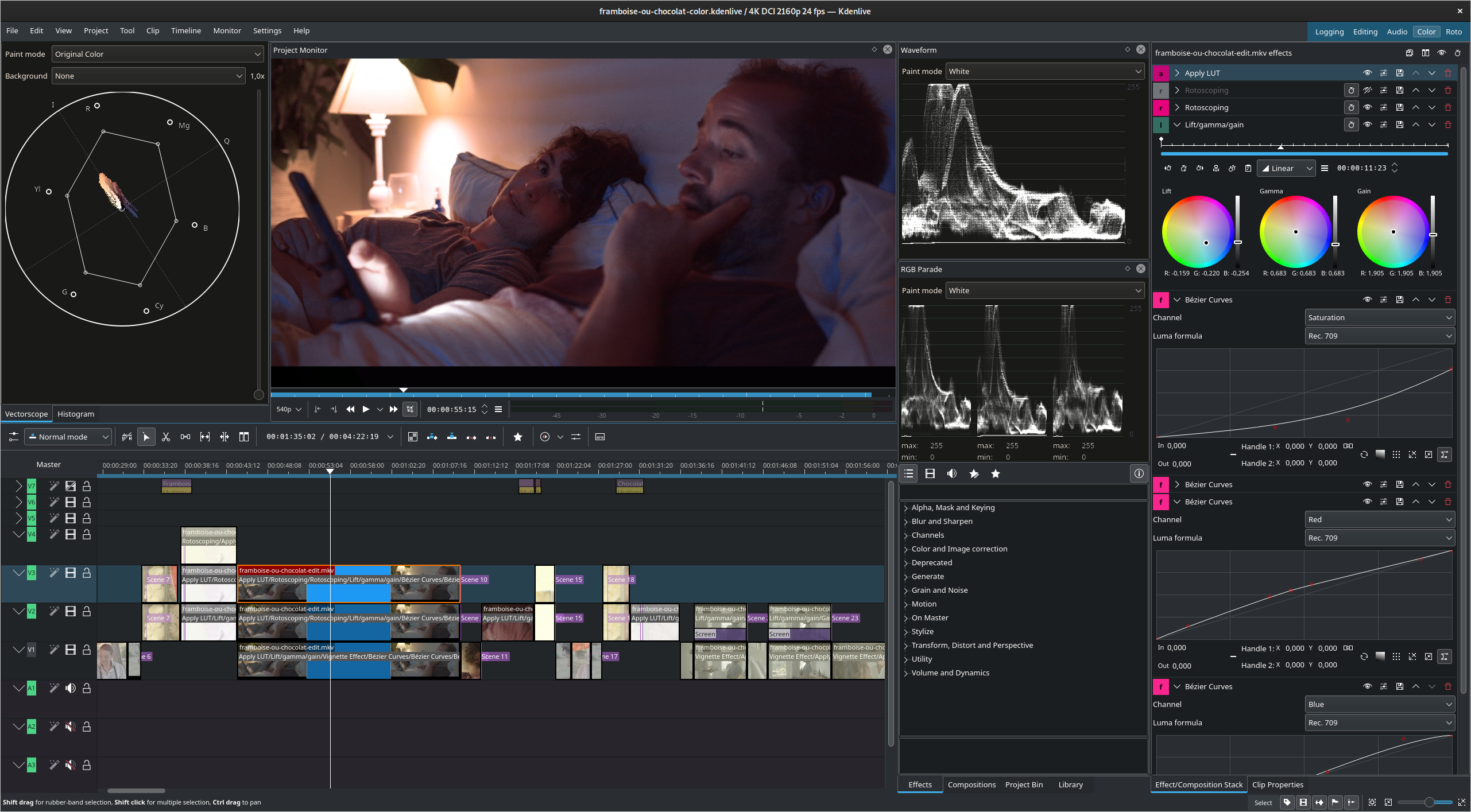
Part 2
Basics of GUI app development in Python
PyQt: Python Bindings
- Maintained by “Riverbank Computing” company, UK
- Non-trivial Python bindings
- Converting Python data to C++ native data
- Contending with Python garbage collection
- Must make callbacks written in Python callable from C++
- Mechanisms for Python inhereitence and method overriding to work the same as in C++
- Providing PEP 484 type hinting for all APIs
- https://www.riverbankcomputing.com/static/Docs/PyQt5/index.html
PyQt: Python Documentation
- Most documentation written by third parties
- Easiest to read C++ documentation and hand-translate examples to Python.
- Python Wiki: https://wiki.python.org/moin/PyQt/
- Book: Michael Herrmann, “Python and Qt: the best parts”
- (I was able to learn from free online resources.)
Building blocks (1): widges, events, properties
- Widgets: tab bars, scroll bars, push buttons, list views, pull-down menus
- Event handlers: callback functions responding to primitive mouse/keyboard events.
- Properties: fields with getters and setters, changes
automatically updates widget drawing on screen
- e.g. a text fields current string
Building blocks (2): signals, slots, connections
- Signals: complex combination of primitive events that trigger
widget-specific actions
- e.g. when list view item is double-clicked
- Slots: public methods used as callbacks, can be “connected” to signals to be triggered on certain events.
- Connections: are an object that maintain a link between a signal and slot. Can be disconnected/deleted
- Using these building blocks, simple interfaces can be designed without the need for custom widgets.
Object oriented programming: method overriding
- When you want to combine multiple widgets into a single more complex widget.
- Signals and slots are usually not enough.
- A custom widget inherits from a parent widget (e.g.
QWidgetorQListView) - Override signals and slots to customize behavior (e.g. update state variables)
https://doc.qt.io/qt-5/qtwidgets-index.html
Declaring your own reusable widget
- Most code occurs in
__init__()constructor - Create sub-widgets and layout
- Place sub-widgets into layout object:
QBoxLayoutQFormLayoutQGridLayoutQStackedLayout
- Define slots to update model:
@pyqtSlot()decorator - Connect child widget signals to slots
The Graphics View Framework
- Interactive 2D visualizations
- Arbitrarily sized canvas (
QGraphicsScene) - Easily renders large number of objects (
QGraphicsItem) - Graphics view widget provides (
QGraphicsView)- translating (with scroll bars)
- scaling
- rotation
https://doc.qt.io/qt-6/graphicsview.html
Diagram Scene Example (tutorial)
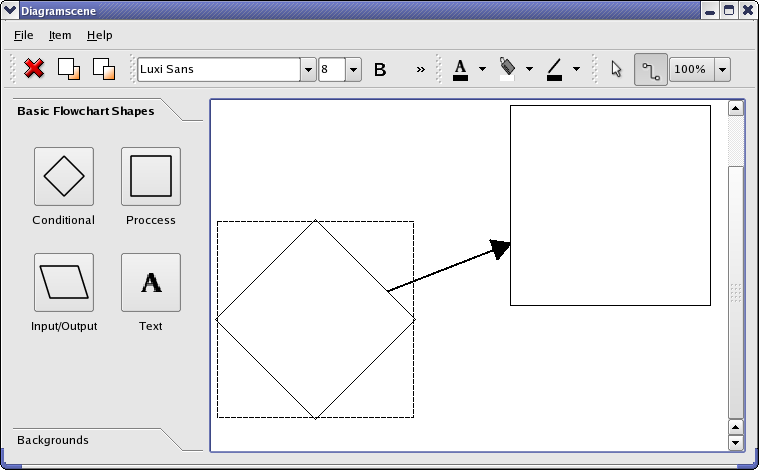
https://doc.qt.io/qt-5/qtwidgets-graphicsview-diagramscene-example.html
Pattern Matching Tool
I created an app to run a pattern matching algorithm using OpenCV to select parts of a “target” image that are similar to a “pattern” image. There is a slider to interactively controlo the smilarity threshold, making it easier to discover the optimal threshold value to be used.
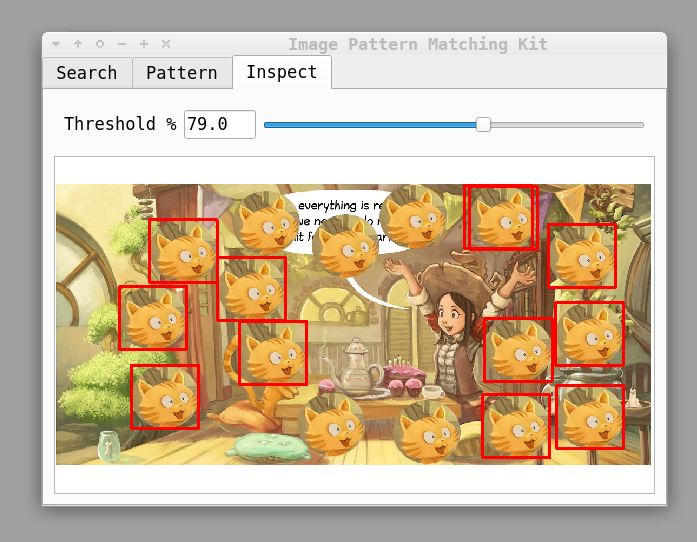
Image Crop Tool
I created an app to run the ORB feature detection algorithm and automatically crop features from a list of images relative to a rectangle drawn on a reference image.
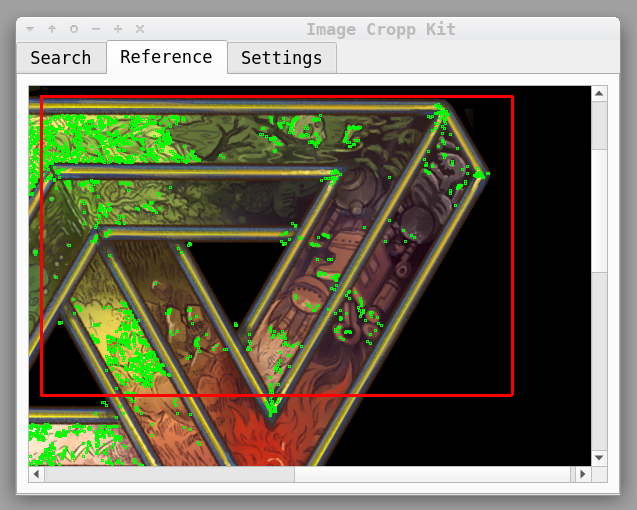
Conclusion
-
Large improvement for little effort
- It requires relatively few lines of code to create a small, single-window GUI.
-
Consider using if your project could be improved with simple interactive widgets.